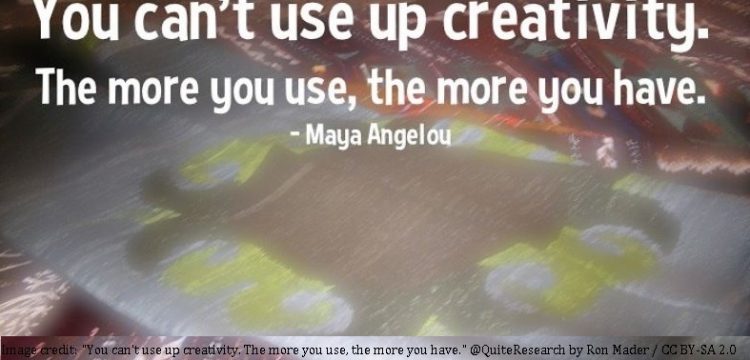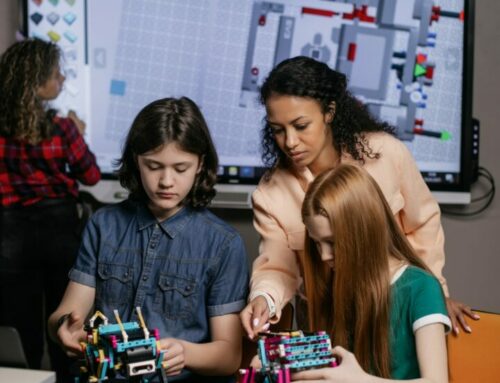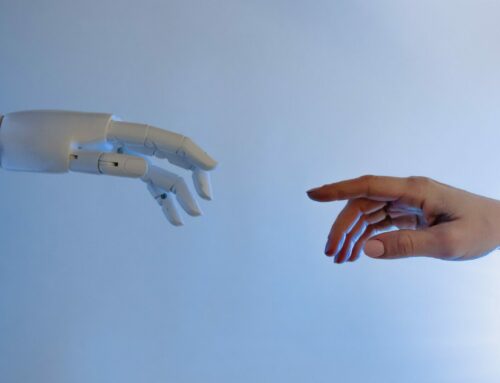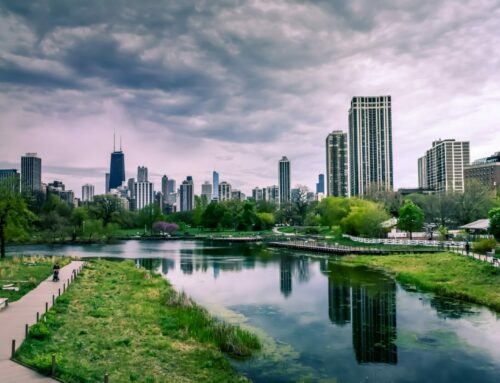Creative learning as a renewable resource
Patrick Blessinger, Enakshi Sengupta and Taisir Subhi Yamin
St John’s University, USA, The HETL Association, USA and the International Centre for Innovaton in Education
A renewable resource is traditionally viewed in terms of renewable natural resources, but with the importance now placed on solving the huge problems associated with global climate change and on creative and interdisciplinary learning as a means to address these problems, it is now time for a broader definition of the term renewable resource.
The imminent global problems facing the planet (for example, climate change, extreme poverty, hunger and the refugee crisis) and the complex and interconnected nature of those problems, precipitated by mass industrialisation, require a new way of thinking that makes creative learning and lifelong learning top priorities for educational systems around the world.
Thus, learning should be viewed as a renewable human resource since it provides an unlimited source of new ideas and problem-solving capacity.
Major paradigm shifts in human history
Until very recently in human history, people and societies have paid relatively little attention to the impact that human population growth and mass industrialisation have had on the natural environment (for example, greenhouse gases, species extinction, ozone depletion and mass pollution) and on human societies (for example, mass urbanisation, global wars and the refugee crisis).
The large mountain of scientific evidence is clear that the major global problems that the planet faces are primarily the result of human actions. In short, in a relatively brief period of time (relative to human history) humans have become a major geological forceover the past few hundred years. Since the Industrial Revolution, human actions have not only directly and significantly altered the landscape of the planet but also the climate of the planet.
Unlike other species on the planet, the development of human intelligence (for example, the ability to communicate via spoken and written language) and the ability to form social communities have allowed the human species to not only dominate every aspect of the planet but also to free themselves from the shackles of natural selection and other natural factors such as gravity (for example, building space technology to overcome gravity).
Rather than adapting to the natural environment as other species do, humans have learned to adapt the environment to fit their needs and aspirations. Thus, rather than natural processes determining the course of human and social evolution, human agency now largely determines the course of human history and the planet.
Unintended consequences
Human intelligence has allowed humans to understand how the natural world works and to invent technologies that have forever changed life on Earth – on the one hand, improving living conditions through large scale reductions in poverty, illiteracy, diseases and oppression, while, on the other hand, creating unintended consequences, such as increased pollution, mass deforestation and greenhouse gases.
Since the development of human intelligence, humans have evolved at a very rapid rate, perhaps much faster than any other species on the planet. These two factors have also allowed humans to forever change the face of the planet (for example, how different ecosystems behave and develop).
Human intelligence has bestowed upon humans, for better or worse, a power so enormous and influential that, for instance, the same nuclear energy that is used to provide electrical energy to millions of people can also be used to destroy millions of people in an instant in the form of nuclear weapons.
Therefore, in the current era, moral reasoning and humanistic principles are just as important as scientific reasoning and engineering principles. With great power comes great responsibility.
This type of dilemma is just one of many that humans now face. Though the knowledge brought about by science is a necessary condition for human progress, it is not a sufficient one since knowledge can be used for either beneficial or harmful purposes. Thus, a humane rule of law together with moral leadership and systems of accountability and security must be used to ensure that knowledge is used for the benefit of life and not for its demise.
Towards a creative learning society
Increased human intelligence has brought about greater overall human agency which includes:
- Biological agency (for example, genetic engineering, cloning and medicine)
- Intellectual agency (for example, knowledge creation, discoveries and inventions)
- Emotional agency (for example, feelings, expressions and attitudes)
- Political agency (that is, human-created political systems)
- Economic agency (that is, human-created economic systems)
- Socio-cultural agency (that is, human-created social systems)
- Moral agency (for example, rights, freedoms, justice and ethical decision-making)
- Geological agency (for example, creating climate-controlled environments, mass communication and transportation systems, large-scale farming and mass fresh water systems).
The impact of human agency has become so powerful and pervasive that conditions that have taken millions of years to evolve naturally (for example, atmospheric carbon dioxide level, ozone layer and livable ambient temperatures) are now quickly changing to the detriment of life on the planet.
This is why action is urgently needed to create a sustainable planet as set forth in the United Nations Sustainable Development Goals agenda in combination with the scientific data used to assess the science of climate change.
Towards a sustainable future
A brave new world beckons, consisting of artificial intelligence, genetic engineering, cloning, quantum computing, next generation wireless and space technologies, and other inventions whose long-term effects on the quality of life on Earth are not certain. Humans must start to think more holistically and long term and not just with regard to immediate self interest.
Policy-makers and leaders must begin to think in terms of rights (human, animal and environmental) and in terms of interdependent and interconnected systems that require local and global cooperation. Since education plays a key role in that endeavour, a higher ideal is also needed for higher education.
Some concrete examples of how higher education institutions are moving towards this higher ideal include:
- Student learning communities,
- Faculty learning communities,
- Service-learning programmes,
- Undergraduate research programmes,
- Global studies and global citizenship programmes, and
- Embedding sustainable development into the curriculum.
Moving towards this higher ideal is a tall task, but humanistic principles can guide humans in how to use knowledge in the right way. Education (both formal and non-formal), in turn, provides a key mechanism by which people can address these problems in a sustainable way by learning to chart a more positive course for humanity.
Patrick Blessinger is an adjunct associate professor of education at St John’s University in New York City, United States, and chief research scientist for the International Higher Education Teaching and Learning Association or HETL. Enakshi Sengupta is director of the Center for Advanced Research in Education. Taisir Subhi Yamin is general director of the International Centre for Innovation in Education. This article is based on a journal article written by the authors titled “Human creativity as a renewable resource”, published in the International Journal for Talent Development and Creativity.
Suggested Citation:
Blessinger, P., Sengupta, E., and Yamin, T. S. (2019). Creative learning as a renewable resource, University World News,
https://www.universityworldnews.com/post.php?story=20190715134045227
Or
Blessinger, P., Sengupta, E., and Yamin, T. S. (2019). Creative learning as a renewable resource, Higher Education Tomorrow, Volume 6, Article 4,
https://www.universityworldnews.com/post.php?story=20190715134045227
Copyright © [2019] Patrick Blessinger, Enakshi Sengupta, and Taisir Subhi Yamin
Disclaimer
Opinions expressed in this article are those of the author, and as such do not necessarily represent the position(s) of other professionals or any institution.




